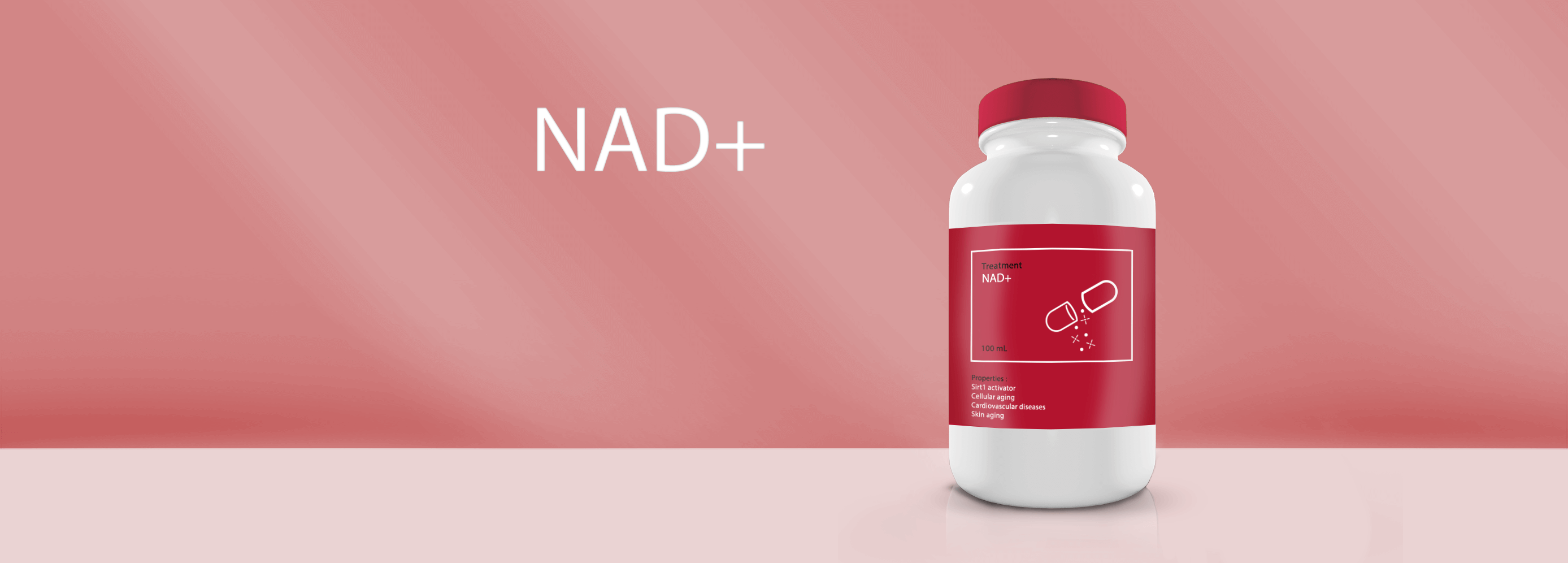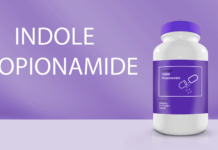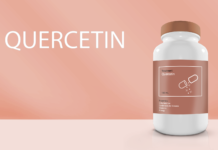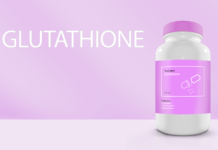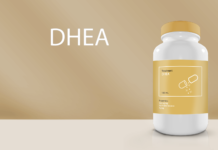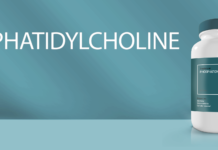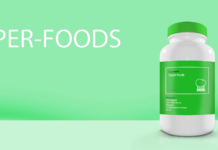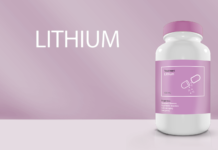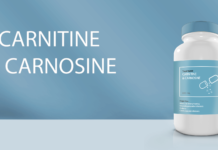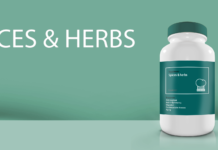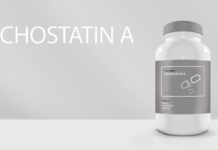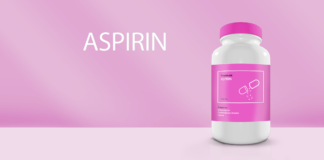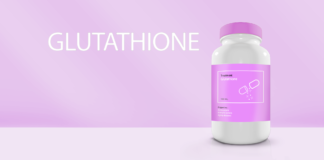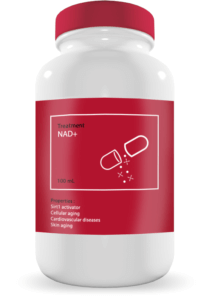
Fact sheet
An essential cofactor for cell function
Nicotinamide adenine dinucleotide is a molecule allowing the action of certain enzymes and the good operation of our cells (cofactor). There are two forms of NAD+: NADH (reduced form) or NAD+ (oxidized form). NAD+ plays an essential role in the production of energy by mitochondria[1]. Our body’s cells go through cycles of growth, repair and survival, all of which take up a lot of energy. In the field of aging, NAD+ is a fundamental cofactor to guarantee the action of sirtuins, enzymes involved in particular in DNA repair and regulation of cellular stress[2, 3, 4]. Cellular levels of NAD+ decrease as we age for an as yet unknown reason[3, 5]. Many researchers believe that the close relationship between NAD+ availability and sirtuin activity is the main factor in controlling the components of aging and promoting longevity.
How can it promote longevity?
NAD+ and oxidative phosphorylation
NAD+ is the basis of the oxidative phosphorylation process – that is, it allows the transfer of energy from food to our cells – and thus helps cells to perform their many functions essential to our subsistence: physical and mental well-being, and survival[1, 2].
As NAD+ levels decrease, energy transfer decreases resulting in slower mitochondrial function and increased oxidative stress. This phenomenon is bad for our cells and can result in an increase in free radicals (which causes DNA damage), chronic inflammation or cognitive dysfunction[6, 9, 10].
Unsurprisingly, mitochondria will also be impacted and will not function as easily and effectively, making cells vulnerable to oxidative stress. These events will lead to premature aging and diseases associated with it such as heart failure, type 2 diabetes, neurodegenerative diseases or cancer[9, 10, 11, 12].
NAD+ and sirtuins
Sirtuins (SIRT) play an important role in the aging and mitochondrial fitness process. This family consists of seven enzymes (SIRT1-7). In mammals, sirtuins control how the body reacts to energy metabolism and stress and their activity depends on NAD+[7, 8].
We often talk about caloric restriction in the fight against aging and one of the reasons why this seems to work is the activation of sirtuins. Specifically, caloric restriction increases the expression of SIRT1, SIRT3 and SIRT5, enzymes that are known to regulate the expression of genes associated with aging. Thus, increasing the bioavailability of cellular NAD+ and increasing sirtuin activity to prolong life makes sense as a strategy to combat aging and aging diseases.
The complex relationship between NAD+ and sirtuins helps to control metabolic pathways and longevity, particularly through maintaining communications between the nucleus and mitochondria at the cellular level and between the hypothalamus and fat tissue at the systemic level[8]. If this orchestration works well, the result is melodious harmony that keeps the cells healthy. However, with a low level of NAD+, this communication becomes disrupted. Cells lose their ability to create enough energy and the aging process accelerates.
Dr. David Sinclair, professor of genetics at Harvard Medical School said that “this communication network is like a married couple-when they are young, they communicate well, but over time, living too close for many years, communication is broken. And just as with a married couple, restoring communication has solved the problem.”
- Number of publications: over 150
- Availability: over the counter
- Route: oral
- Dosage: 100-1000 mg/day
Cancer prevention: Studies have shown that NAD+ depletion in cells promotes cell degeneration and cancer[11]. Re-supplying the cells with NAD+ is therefore a means to prevent the onset of cancer.
Prevention of neurodegenerative diseases: NAD+ is a molecule necessary for the activation of several proteins, in particular sirtuins. Studies have shown that sirtuins, through the modulation of complex mechanisms such as inflammation, apoptosis or the synthesis of transcription factors, could prevent the development of neurodegenerative diseases and reduce their severity[9, 10].
NAD+ Precautions for Use
Side effects: In some people whose methylation rate is already high, there is a risk of fatigue, pain and neuropathies.
Few toxic effects: no studies found toxicity related to NAD+ supplementation.
Caution, NAD+ exists in several forms on the market and the doses depend on the product purchased. Vitamin B3, one of the precursors of NAD+, can be taken as a substitute for treatments that are more difficult to obtain.
[1] Chi Y, Sauve AA, Nicotinamideriboside, a trace nutrient in foods, is a vitamin B3 with effects on energy metabolism and neuroprotection. Curr Opin Clin Nutr Metab Care, 2013, 16: 657-661.
[2] Massudi H, Grant R, Guillemin GJ, Braidy N., NAD+ metabolism and oxidative stress: the golden nucleotide on a crown of thorns. Redox Re, 2012, 17: 28-46.
[3] Denu JM, Vitamins and aging: pathways to NAD+ synthesis. Cell, 2007, 129: 453-454
[4] Imai et al. NAD+ and Sirtuins in Ageing and Disease. Trends in Cell Biology. 2014. 24(8):464-71
[5] Gomes et al. Declining NAD+ Induces a Pseudohypoxic State Disrupting Nuclear-Mitochondrial Communication during Ageing. Cell. 2013. 155(7):1624-38
[6] Korshunov SS, Skulachev VP, Starkov AA. High protonic potential actuates a mechanism of production of reactive oxygen species in mitochondria. FEBS Lett, 1997, 416: 15-18.
[7] Akiko Satoh, Liana Stein, Shin Imai. The Role of Mammalian Sirtuins in the Regulation of Metabolism, Ageing, and Longevity. Handb Exp Pharmacol. 2011; 206: 125–162.
[8] Shin-ichiro Imai, Leonard Guarente. It takes two to tango: NAD+ and sirtuins in ageing/longevity control. NPJ Aging Mech Dis. 2016, 2:16017.
[9] Adrianna Z Herskovits et al. Sirtuin deacetylases in neurodegenerative diseases of aging, Cell Res. 2013, 23(6): 746–758.
[10] Henryk Jęśko et al. Sirtuins and Their Roles in Brain Aging and Neurodegenerative Disorders, Neurochemical Research, 2017, 42(3), pp 876–890
[11] Borut Poljsa, NAD+ in Cancer Prevention and Treatment: Pros and Cons, Review Article, J Clin Exp Oncol Vol: 5 Issue: 4
[12] Bernstein H, Payne CM, Bernstein C, Garewal H, Dvorak K. Cancer and aging as consequences of unrepaired DNA damage. NovaScience Publishers, New York, USA, 2008.
Dr. Marion Tible

Author/Reviewer
Auteure/Relectrice
Marion Tible has a PhD in cellular biology and physiopathology. Formerly a researcher in thematics varying from cardiology to neurodegenerative diseases, she is now part of Long Long Life team and is involved in scientific writing and anti-aging research.
More about the Long Long Life team
Marion Tible est docteur en biologie cellulaire et physiopathologie. Ancienne chercheuse dans des thématiques oscillant de la cardiologie aux maladies neurodégénératives, elle est aujourd’hui impliquée au sein de Long Long Life pour la rédaction scientifique et la recherche contre le vieillissement.
En savoir plus sur l’équipe de Long Long Life


